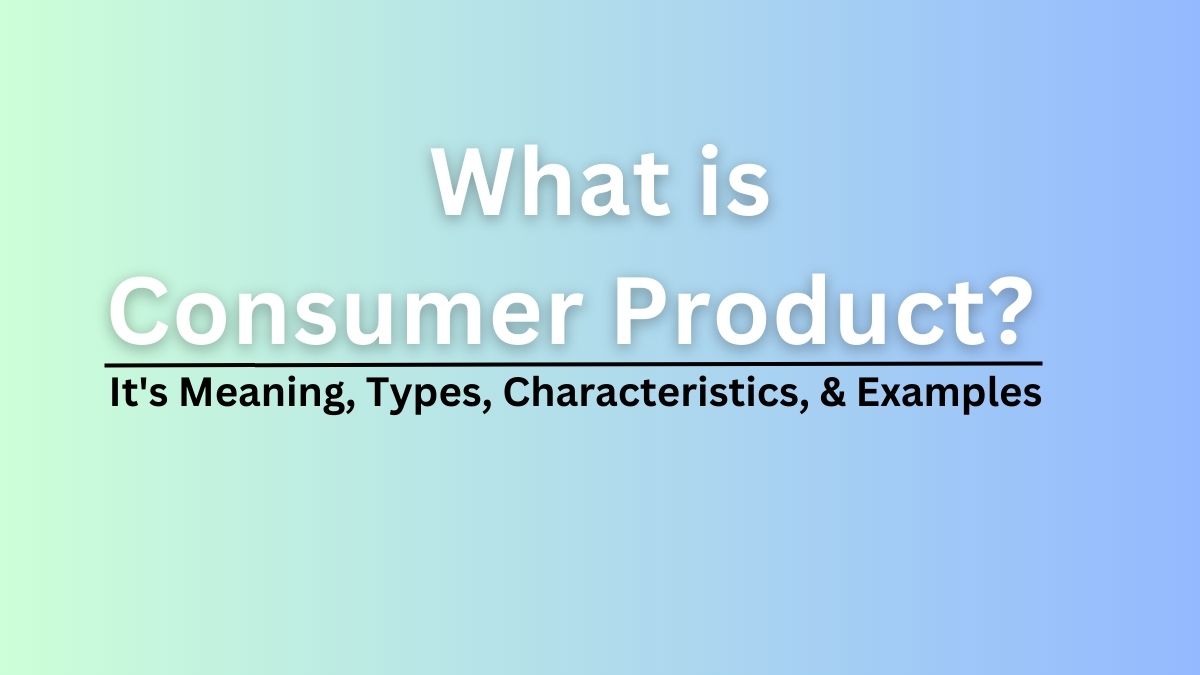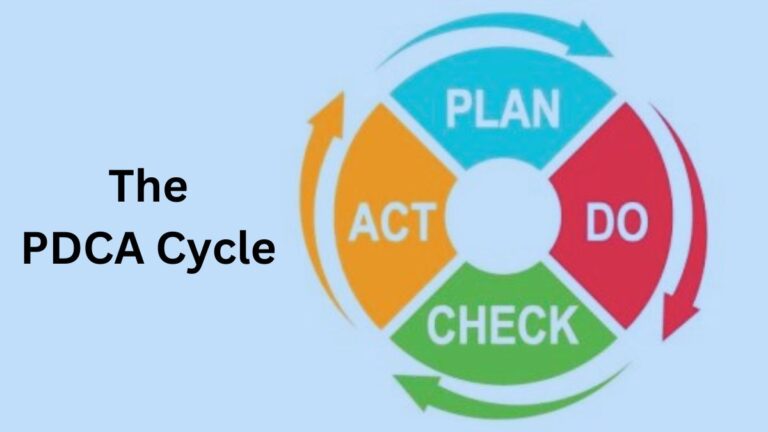What is a Consumer Product? Definition, Types, Characteristics, and Examples
What is Consumer Product?
A consumer product, also called consumer goods is a product that is purchased for consumption purposes by consumers. Consumer products are specially designed for daily consumption by an individual person or household.
Consumer goods are either purchased for personal use or household consumption, not for the resell purpose. Examples of consumer products include but are not limited to rice, clothes, vegetables, oil, and furniture.
A consumer product is also called the final product as it is the end result of the production process. These products have the ability to satisfy customers’ needs and wants. This can be both a physical product as well as a service.
Types of Consumer Products
In marketing, there are mainly the four types of consumer products including convenience, shopping, specialty, and unsought products.
Related: What is Business Product?
Classification of these products largely depends upon consumers’ perception of the product. The same product may be a convenience product for someone, it would be shopping for someone, whereas it would be a specialty for others.
Let’s understand each of the types of consumer goods in detail through their characteristics and examples.
Convenience Products
Convenience products are normal products that consumers use on a daily basis. They buy such products most frequently without comparing them with other brands.
Convenience products are mostly purchased for household purposes such as products like rice, vegetables, oil, salt, flour, etc. As for such products, consumers have prior knowledge while buying they do not consider giving more time and effort as an important factor.
These products are easily available in different outlets or stores and consumers can easily buy from the outlet most convenient to them. The characteristics of convenience products include:
- Low price.
- Frequently purchased.
- Easy availability.
- Non-durable.
Convenience goods have further three categories – staple products (e.g. fruits, dairy, rice, etc.), impulse products (e.g. ice cream, newspapers, magazines, etc.), and emergency products (e.g. an umbrella, medicine, etc.).
Shopping Products
Shopping products are more complex than convenience products. Consumers take more time when buying shopping goods as compared to the above explained.
Here, consumers compare different attributes of products like price, quality, durability, size, design, etc. before coming to a buying decision. These products are less frequently purchased and have a higher price than conventional ones.
Examples of shopping goods may include clothing, mobile phones, airline tickets, electronic products, etc. The main features of shopping goods include:
- Infrequently purchased.
- Higher price.
- Durable.
- Available at limited outlets.
Specialty Products
Specialty products are often less frequently purchased than shopping goods. These products have unique features that differentiate them in the market.
These products have higher prices and higher quality, and target people who have the ability to pay higher prices. Consumers are willing to pay higher prices for such products and are often loyal to brands.
Also Read: What is Actual Product?
Examples of specialty products include luxury cars, branded watches, mobile phones, old coins, old paintings, etc. Some features of specialty goods include.
- Brand identification through unique characteristics.
- Less frequently purchased.
- Higher prices.
- More durable.
- Available at limited outlets.
Unsought Products
These are the consumer products customers rarely buy. The two basic reasons behind it are – first, they do not know the product existed, and second, they do not want to purchase it although they know the product is here because of no idea of the product’s potential benefits.
Customers do not purchase unsought goods normally if they have to they buy in certain circumstances. Examples of these products include insurance policies, pre-planned funeral services, etc.
The following are the common features of unsought goods.
- Rarely purchased.
- Customers do not think of buying, usually.
- Require heavy promotion to make people aware of the product.
Importance of Understanding Types of Consumer Products
Also Read: What is Augmented Product?
Convenience, shopping, specialty, and unsought all these types of consumer products have their different marketing consideration. So, it is important to know about all these product types and apply relevant marketing efforts to generate sales.
For example, when you try to sell a convenient product let’s say rice, here, you do not have to invest a high amount on advertising, promotion, and marketing. You can not change the perception of consumers about rice through advertising as they already know what rice is and why they need it.
On the other hand, you have put considerable effort into shopping and specialty products to increase sales. Among them, marketing unsought products is a little tricky.
Since consumers are unaware of the unsought product and do not want to buy you have to carefully market your product to consumers so they start to think about why they need the product. For this, launching brand awareness campaigns, doing aggressive selling, face-to-face marketing, etc. would be suitable options.
You May Also Like: Difference Between Consumer and Industrial Product
Sajan Kushmi is a content writer with more than 4 years of experience. He holds BIM Degree. He write on the topics related to Management, Marketing, and Entrepreneurship.






